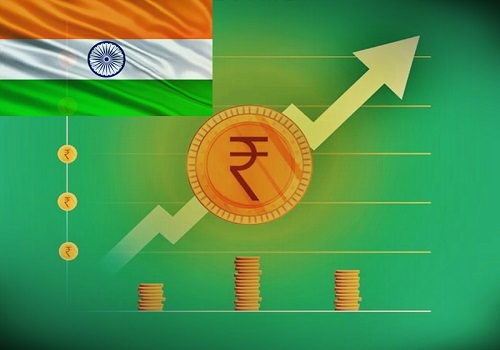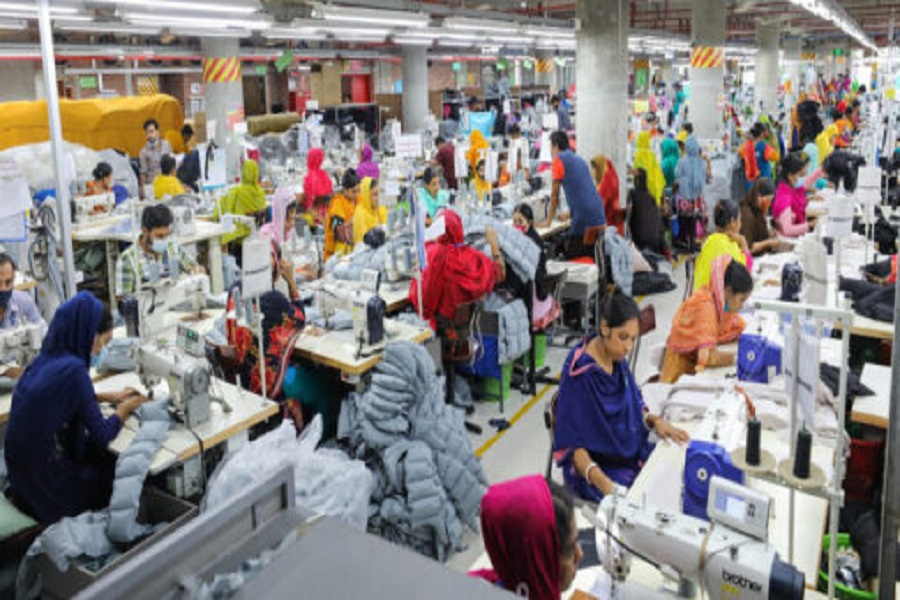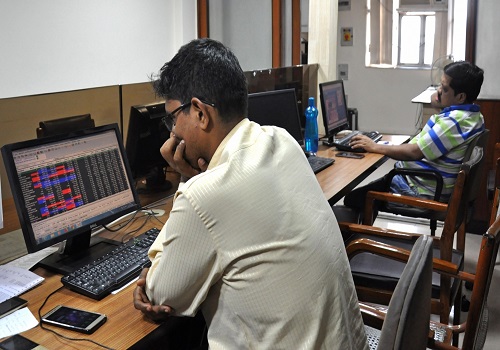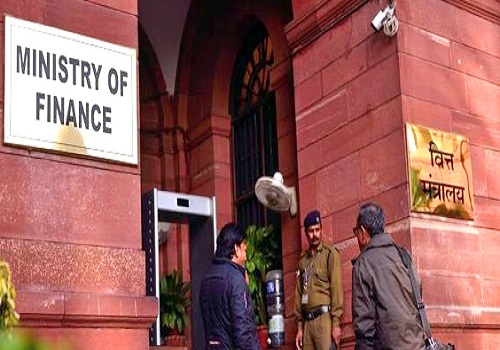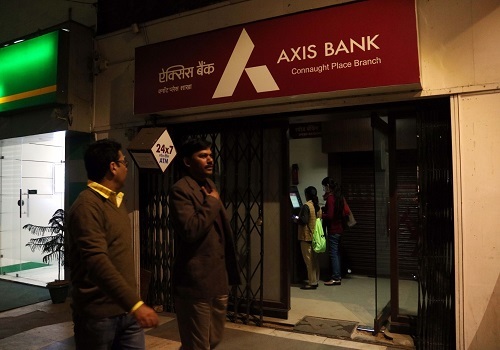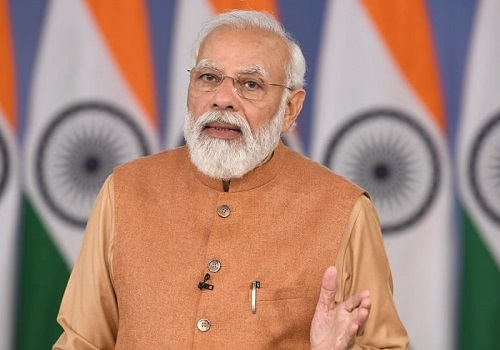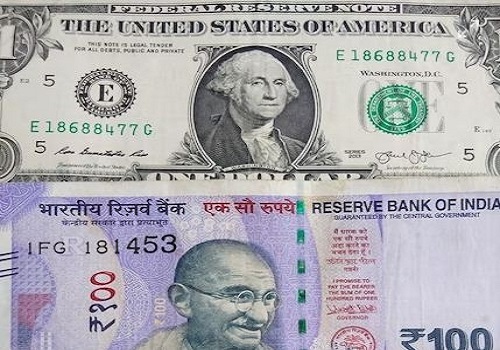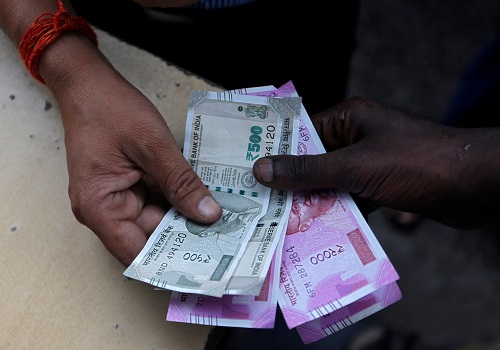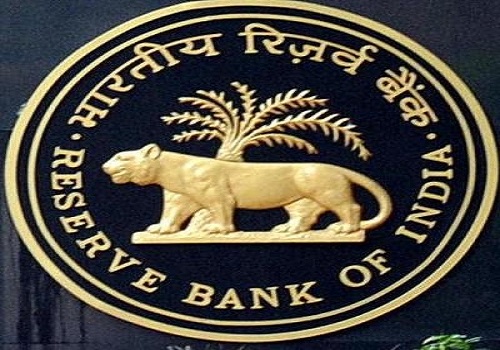Net NPA ratio of banks declines to multi-year low of 0.8% at the end of September 2023: RBI report
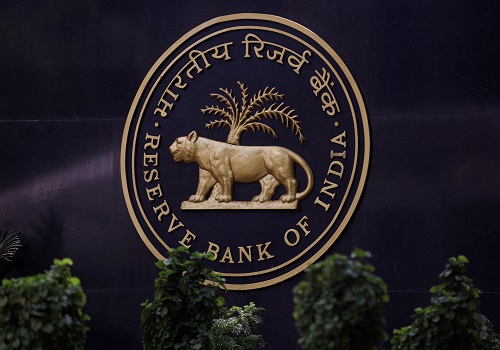
Follow us Now on Telegram ! Get daily 10 - 12 important updates on Business, Finance and Investment. Join our Telegram Channel
The Reserve Bank of India’s (RBI's) Financial Stability Report (FSR) has said that net non-performing assets (NPA) ratio of banks declined to a multi-year low of 0.8 per cent at the end of September 2023 and the country's domestic financial system remains resilient. The resilience of the non-banking financial companies (NBFCs) sector improved with CRAR at 27.6 per cent, GNPA ratio at 4.6 per cent and return on assets (RoA) at 2.9 per cent, respectively, in September 2023. It noted that the gross non-performing assets (GNPA) ratio of banks also declined to a multi-year low of 3.2 per cent.
The report reflects the collective assessment of the Sub-Committee of the Financial Stability and Development Council (FSDC) on risks to financial stability and the resilience of the Indian financial system. It further said that the capital to risk-weighted assets ratio (CRAR) and the common equity tier 1 (CET1) ratio of scheduled commercial banks (SCBS) stood at 16.8 per cent and 13.7 per cent, respectively, in September 2023. It added that macro stress tests for credit risk reveal that SCBs would be able to comply with minimum capital requirements, with the system-level CRAR in September 2024 projected at 14.8 per cent, 13.5 per cent and 12.2 per cent, respectively, under baseline, medium and severe stress scenarios.
Referring to the present state of Indian economy, it said the domestic financial system remained resilient, supported by strong macroeconomic fundamentals, healthy balance sheets of financial institutions, moderating inflation, improving external sector position and continuing fiscal consolidation. However, it said the global economy faces multiple challenges, including prospects of slowing growth, large public debt, increasing economic fragmentation, and prolonging geopolitical conflicts.
